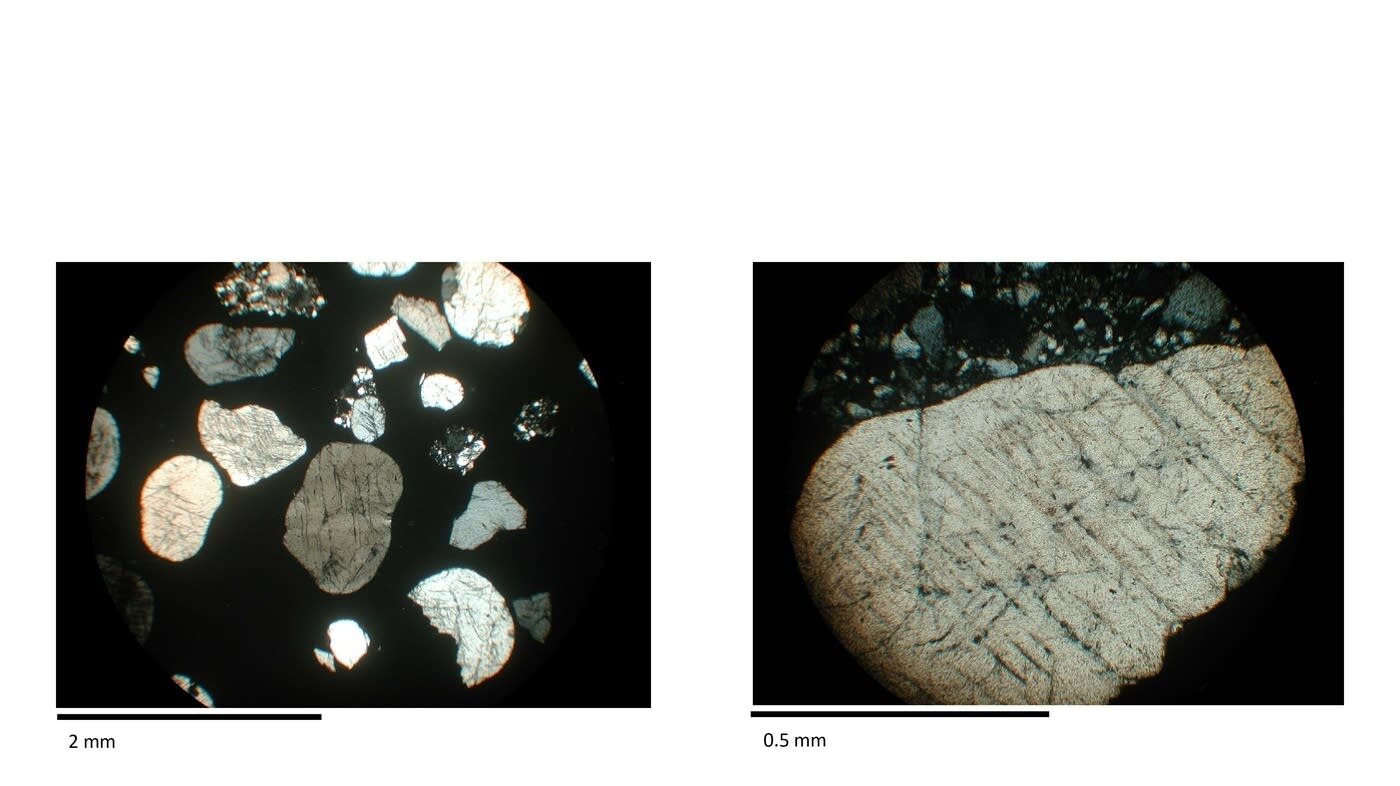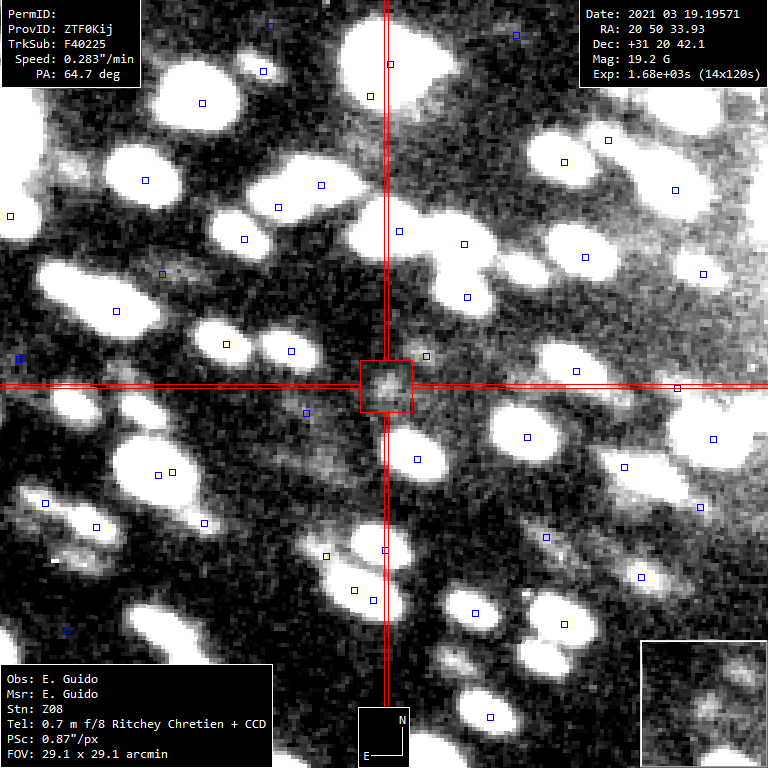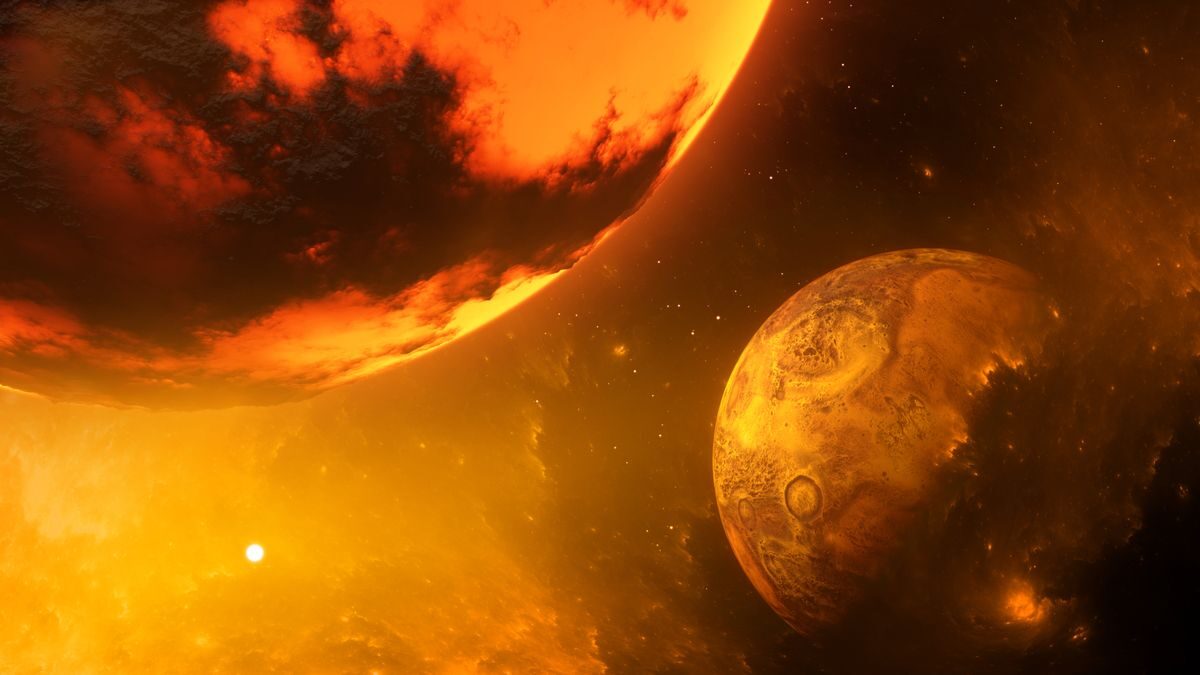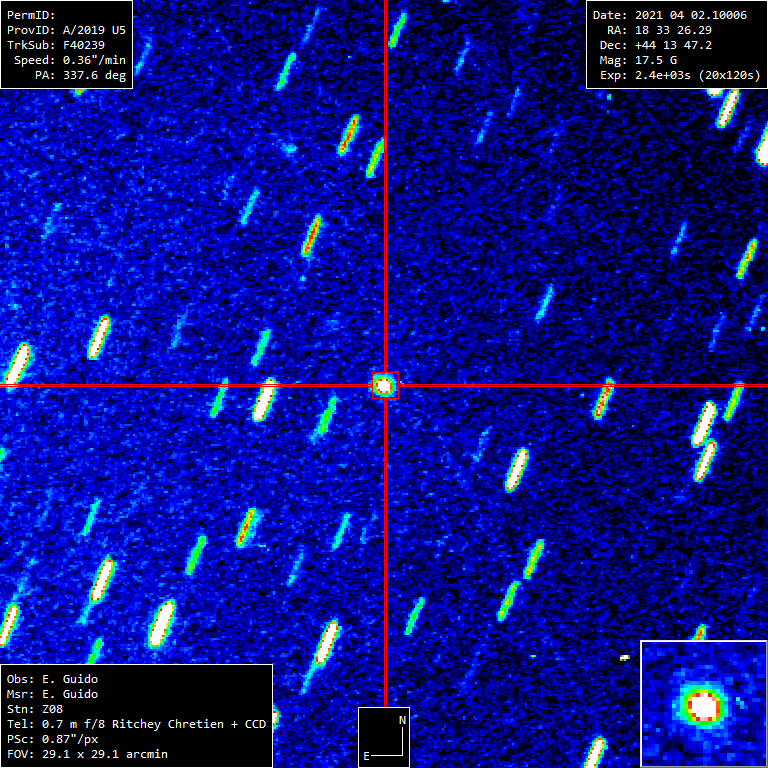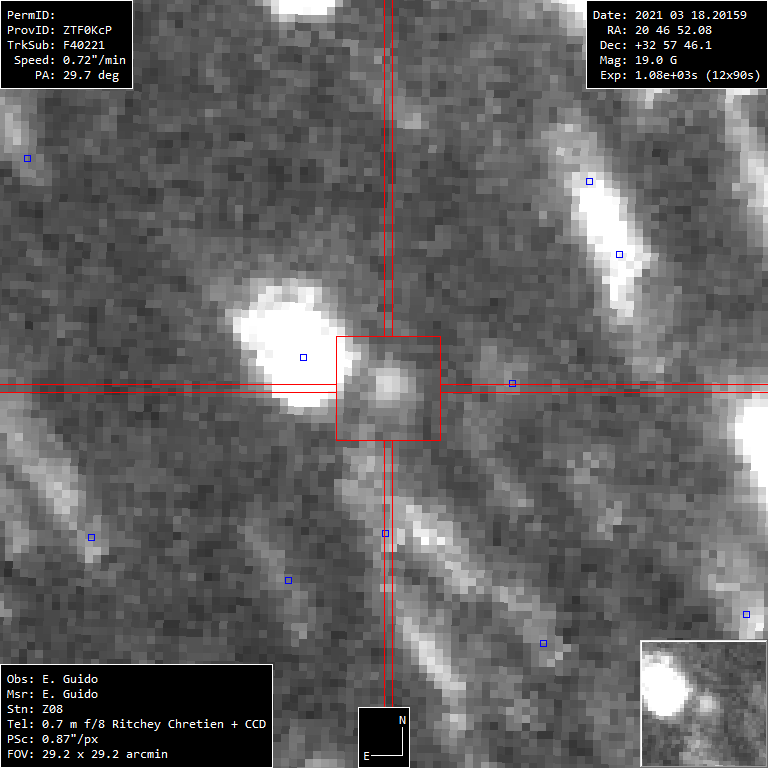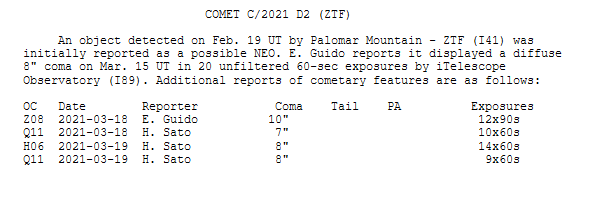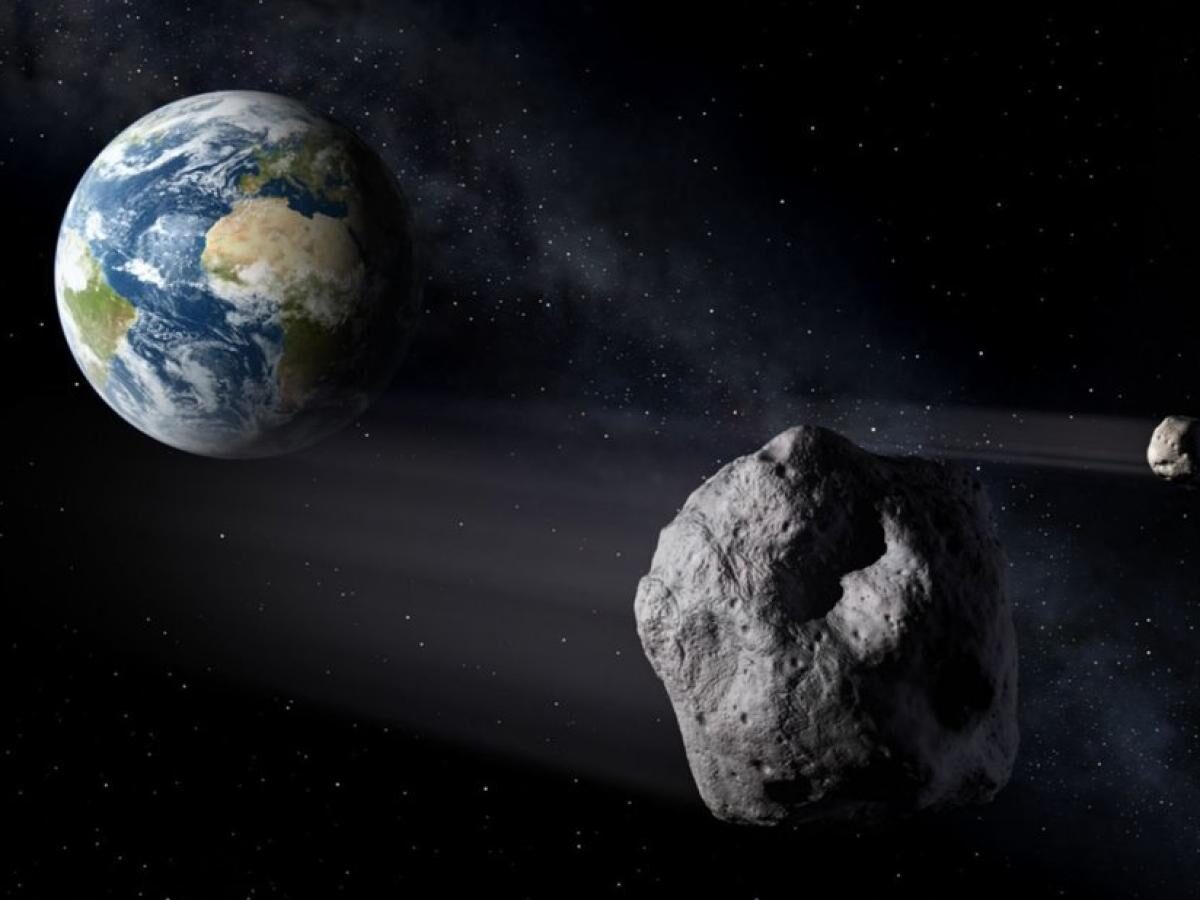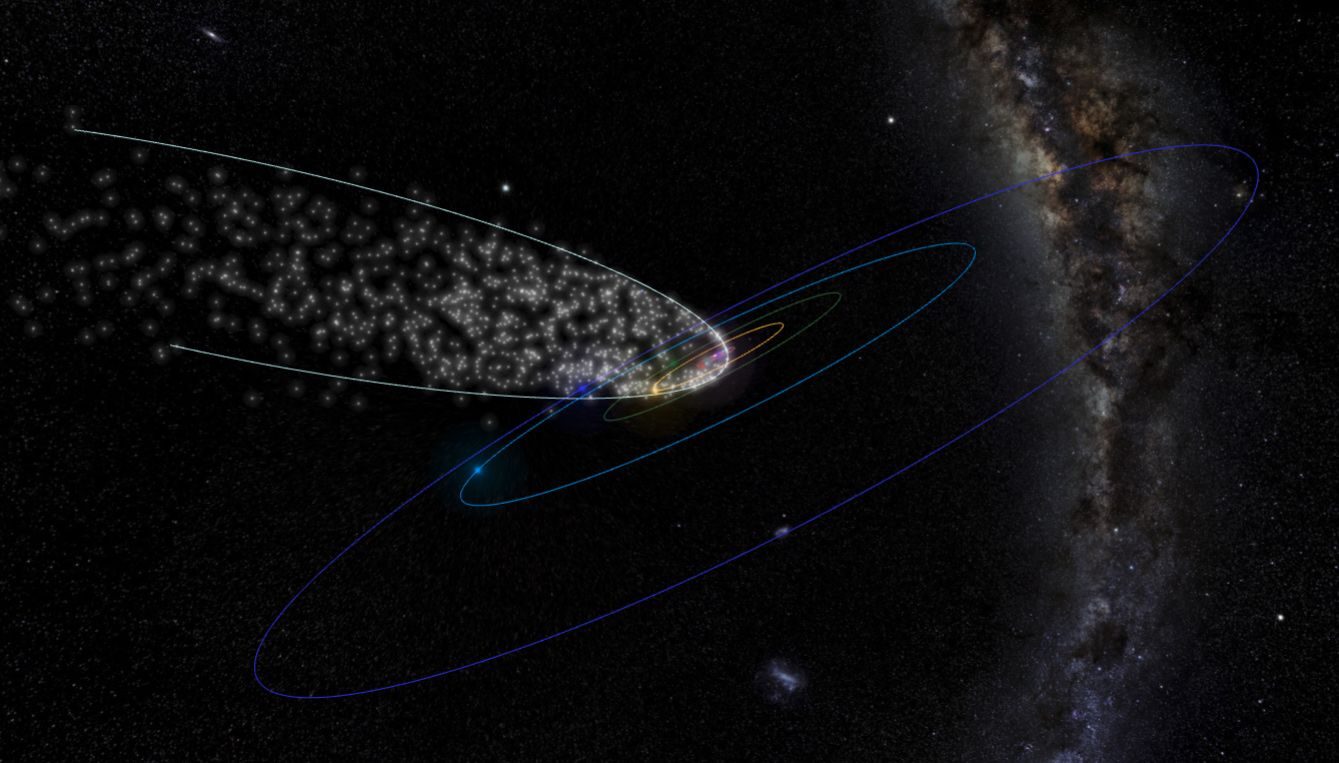
"This creates a situational awareness for potentially hazardous comets that were last near-Earth orbit as far back as 2,000 BC," said meteor astronomer and lead author Peter Jenniskens of the SETI Institute.
Jenniskens is the lead of the Cameras for Allsky Meteor Surveillance (CAMS) project, which observes and triangulates the visible meteors in the night sky using low- light video security cameras to measure their trajectory and orbit. There are CAMS networks now in nine countries, led by co-authors on the paper.
In recent years, new networks in Australia, Chile and Namibia significantly increased the number of triangulated meteors. The addition of these networks resulted in a better and more complete picture of the meteor showers in the night sky.
"Until recently, we only knew five long-period comets to be parent bodies to one of our meteor showers," said Jenniskens, "but now we identified nine more, and perhaps as many as 15."

